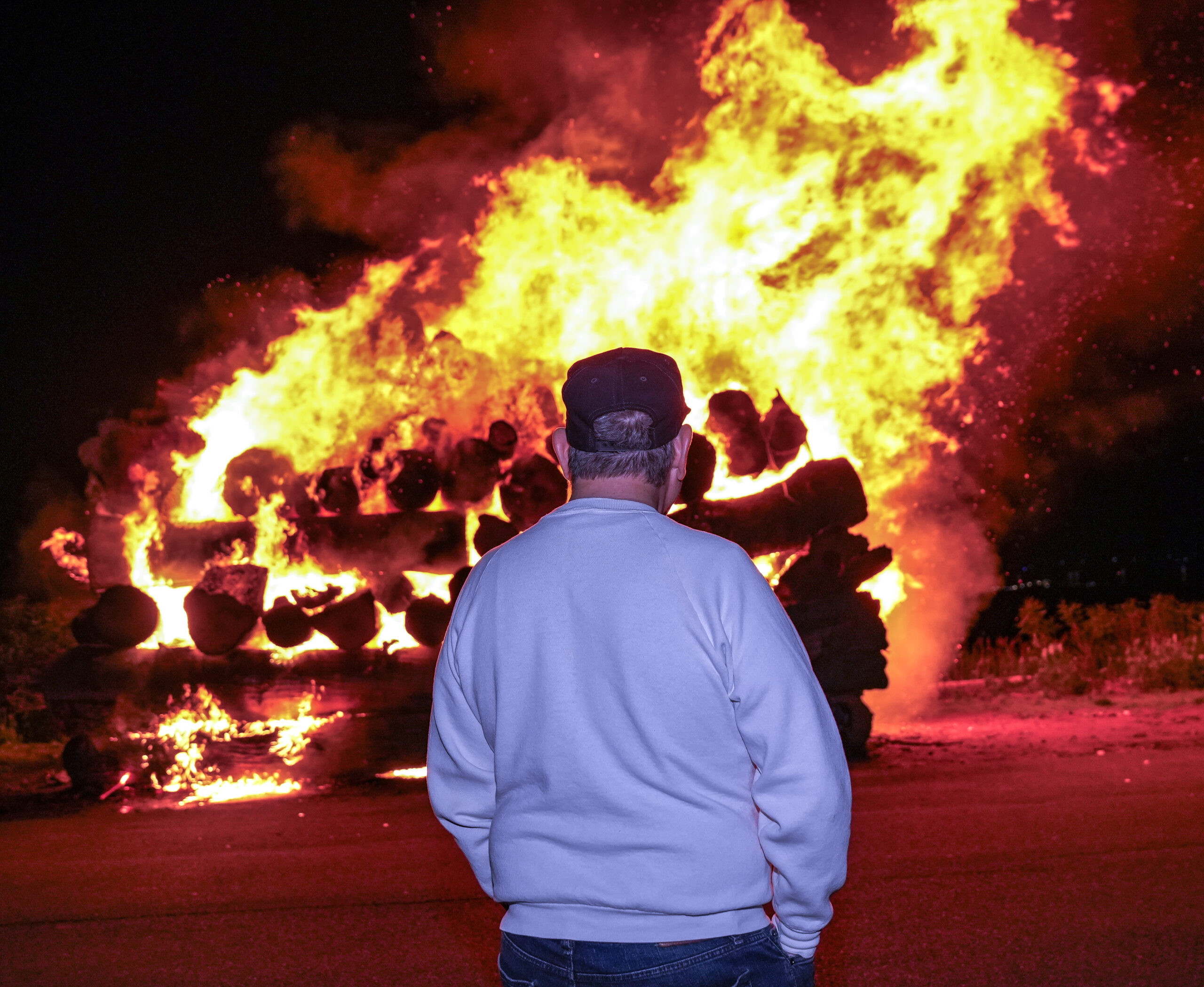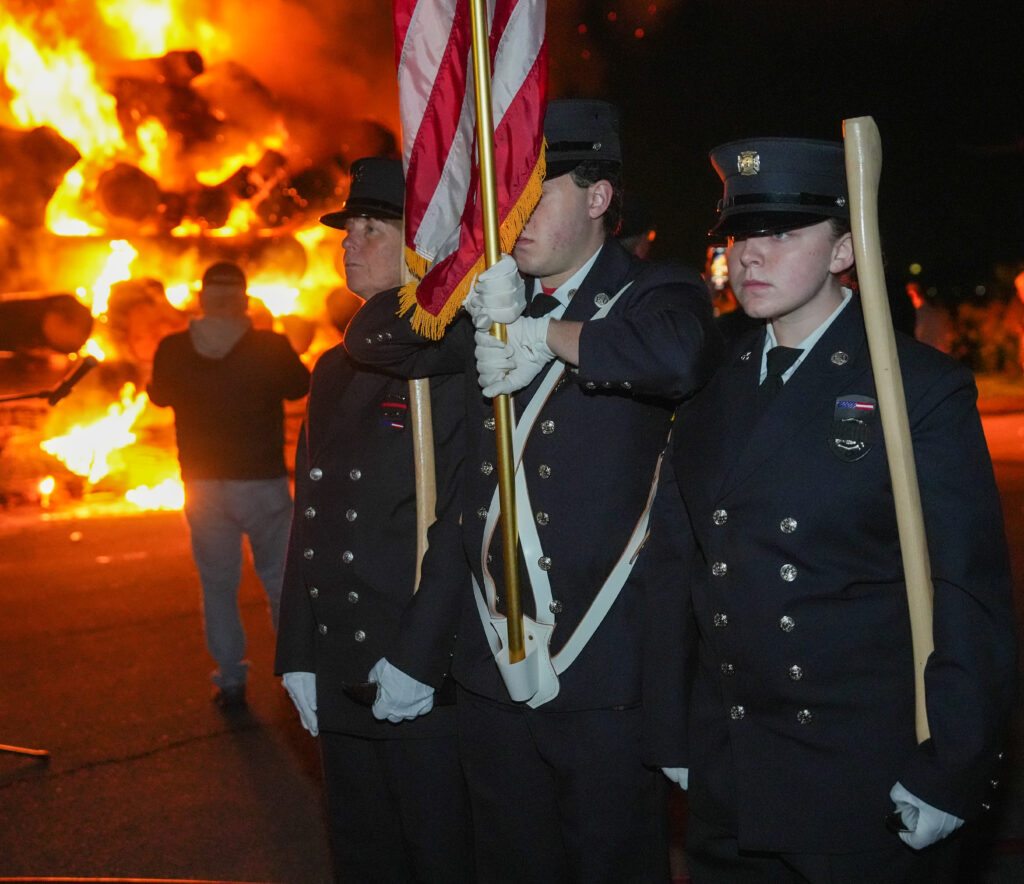Rockland Community College’s Hospitality and Culinary Arts Center is excited to introduce the 2024 Food Enthusiast Program, a series of cooking lessons available to food lovers throughout the county. The popular program was recognized as the “Best Cooking Class” in Hudson Valley Magazine’s 2022 Best of Hudson Valley competition, while Chef’s Pencil, an international food magazine, ranked RCC’s Culinary Arts program sixth in their top ten programs in New York.
The inaugural class, “Dinner & a Quickie” with Chef Steve Brunner, is scheduled for February 8th from 6:30 to 9:00 pm at the Center on 70 Main Street Nyack, NY. Chef Steve Brunner will reveal roasting and grilling secrets for a delicious meal. Attendees will be treated to snacks upon arrival. Attendees will be whipping up their own culinary masterpiece and taking home their personalized meals. Mark your calendar for other Food Enthusiast Program events, including:
February 29 – Simple Sauté Skills
March 14 – Travel to Tuscany
March 28 – Spring Culinary Creations
April 11 – Delightful Doughs Workshop
May 2 – Springtime BBQ Mastery
May 16 – Savory Tart Techniques
Whether you are a seasoned chef or a culinary novice, our classes offer something for everyone. All food, equipment, and supplies are provided, and attendees will have the option to taste the food on-site or take home a portion of each recipe. The cost is $70 per person.
To register, visit https://www.eventbrite.com/cc/food-enthusiast-classes-1558789.
For questions, contact the Nyack Hospitality and Culinary Art Center’s director, Mark Davidoff, at 845-875-7571 or mark.davidoff@sunyrockland.edu.

 Police/Fire/EMS6 days ago
Police/Fire/EMS6 days ago
 Community7 days ago
Community7 days ago
 Politics7 days ago
Politics7 days ago
 Government6 days ago
Government6 days ago
















